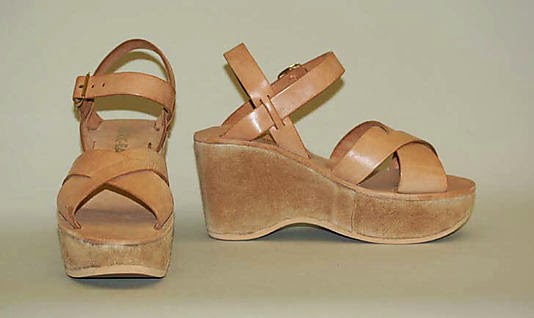The biggest-grossing film of the summer blockbuster season opened last weekend. It was "Transformers: Age of Extinction," and it took in $100 million in the U.S., $301.3 million worldwide.
Audience reactions are mixed, but the critics are not: They hate the movie.
Perhaps the best description came from Peter Keogh Thursday in his Boston Globe review.
Keogh called it "165 minutes of explosions, car chases, cars turning into robots, images of cars, robots and tiny human figures spinning in slow motion after an explosion or car chase, ludicrous bathos, tight shots looking up Nicola Peltz's tiny shorts, stentorian sound effects, cheap Wagnerian music, all shot and edited as if by a Cuisinart.
"In short, the cinematic equivalent of being tied in a bag and being beaten by pipes."
(Other than that, Mrs. Lincoln, how did you like the play?)
Keogh called it "165 minutes of explosions, car chases, cars turning into robots, images of cars, robots and tiny human figures spinning in slow motion after an explosion or car chase, ludicrous bathos, tight shots looking up Nicola Peltz's tiny shorts, stentorian sound effects, cheap Wagnerian music, all shot and edited as if by a Cuisinart.
"In short, the cinematic equivalent of being tied in a bag and being beaten by pipes."
(Other than that, Mrs. Lincoln, how did you like the play?)
The critic from the Christian Science Monitor said this: "Reviewing a Transformers movie is a bit like reviewing a toy. In fact, it's exactly like reviewing a toy."
The Transformers movies actually grew out of a toy line that originated in Japan and was introduced in the United States by Hasbro in 1984. Hasbro has since acquired the entire franchise and releases new toys to go with the movies. This year's new movie-themed toys (or toy-themed movie) are dinobots, one of which is featured in the poster above.
Transformer toys can be manipulated from action figures into other things, like cars. They have been a huge hit with boys. And the boys who have enjoyed the Transformer toys over the years seem to form the market for the movies, which are not only violent but feature sexy two-dimensional (okay, three-dimensional) female characters.
Forty-two percent of the weekend audience was over the age of 25. Boys who were 10 years old when the first Transformer toys were released would be 40-year-olds today. Not surprisingly, almost two-thirds of people who saw the movie were men.
Nikki Finke, whose NikkiFinke.com is followed widely in the entertainment industry, started her post this way:
"I don't blame Michael Bay (the director/producer) for making unnecessary fourquels. I do blame you for paying to see this hot mess. Bay's all too familiar formula of crashes and explosions with barely there dialogues between robots and humans (and now dinobots) ...."
Well, you get the picture.
Update: Maleficent, the Disney recast of the bad witch in Sleeping Beauty, creeped over the $200 million revenue mark in the U.S. over the weekend with world revenues of $585 million. While its popularity does not compare with that of Frozen, the 2013 smash hit, it is Disney's second sorta-fairy-tale release with some complexity to it. Audiences seem to be taking to these movies.
Update: Maleficent, the Disney recast of the bad witch in Sleeping Beauty, creeped over the $200 million revenue mark in the U.S. over the weekend with world revenues of $585 million. While its popularity does not compare with that of Frozen, the 2013 smash hit, it is Disney's second sorta-fairy-tale release with some complexity to it. Audiences seem to be taking to these movies.





































